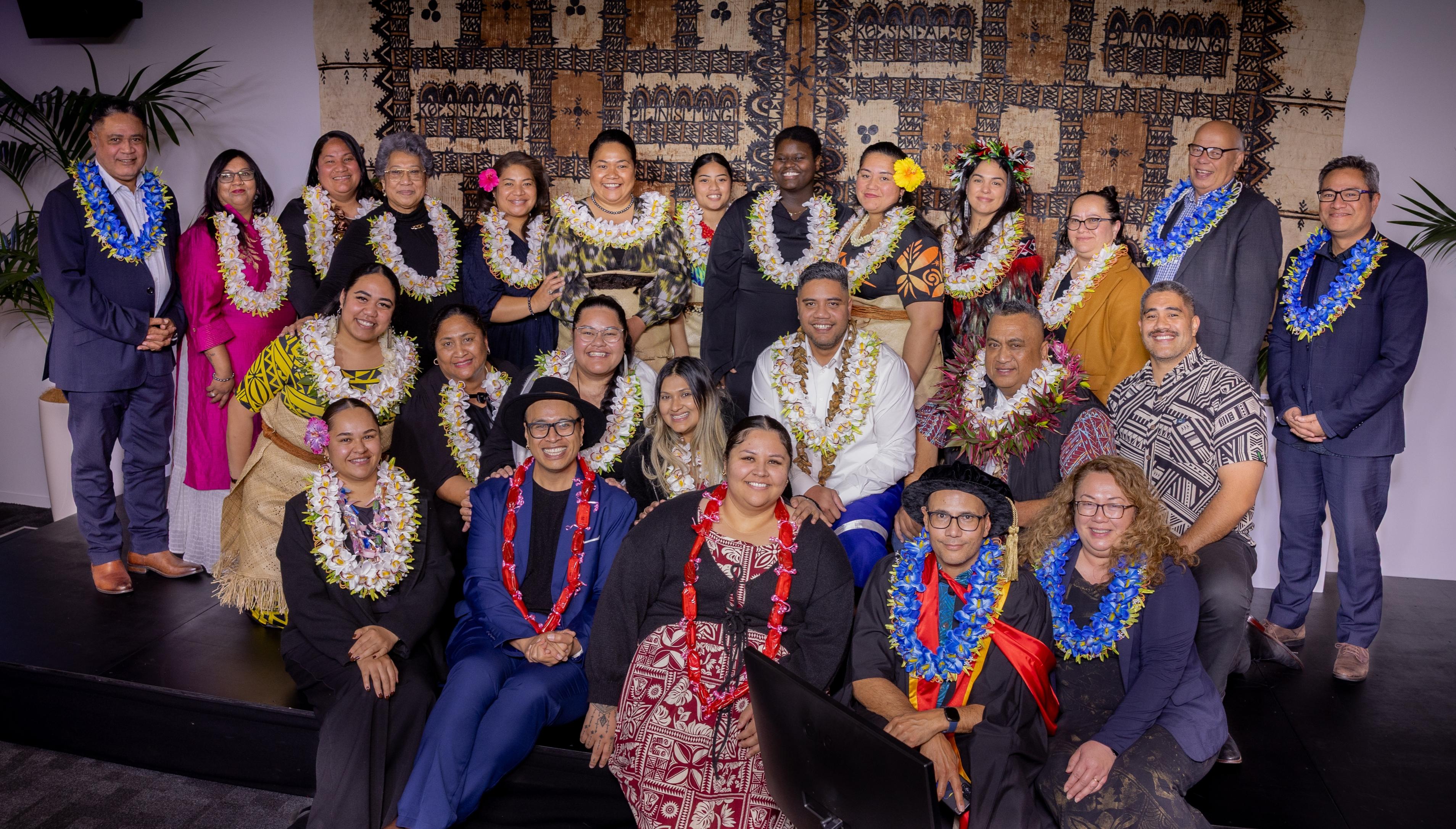Centring Pacific knowledges in curriculum design: a su’ifefiloi case study on the microcredential for improving wellbeing outcomes for Pacific families at The University of Auckland, Aotearoa New Zealand
Main Article Content
Abstract
Introduction: This case study reports on the first microcredential implemented in Aotearoa New Zealand targeting community workers supporting Pacific families to improve health and wellbeing outcomes. It explores how this microcredential intentionally centred Pacific knowledges to empower pathways into postgraduate education for non-traditional Pacific learners.
Methods: This case study uses the Samoan method su’ifefiloi to stitch together insights from course designers, teachers and administrators and feedback from students from the first cohort of the microcredential (2024). This study addressed two key questions: what role have Pacific knowledges played in the curriculum and course design of this microcredential, and what have their impact been?
Findings: Making use of ngā turu from the Tapasā framework as an analytical framework, we find that the microcredential curriculum centred and prioritised Pacific knowledges in its design and delivery, which led to high student satisfaction, confidence in Pacific identities and cultural knowledge with all students achieving a pass grade or higher.
Conclusion: Pedagogical approaches to microcredentials designed for Pacific learners need to be inclusive of Pacific knowledges in their development and implementation. Results from the microcredential evaluation showed effective upskilling, increasing potential capacity and capability of a highly trained Pacific family support workforce through a new pathway to postgraduate qualifications.
Article Details

This work is licensed under a Creative Commons Attribution-NonCommercial-ShareAlike 4.0 International License.
Articles on this website and article downloads are provided free of charge by Open Access under a Creative Commons with the author retaining all copyright to the material. eg © PacifichealthDialog 2021. Except as provided by the NZ Copyright Act, no part of this publication may be reproduced or stored in a retrieval system in any form or by any means without the prior written permission of the copyright owner and the Pacific Health Dialog. Manuscripts can be used for private study but must not be used for commercial purposes.



